Why one Oxford resident is letting native plants flourish on his lawn
Over the past two years, Jon Ralinovsky's yard has transformed from a standard grass lawn into a haven for native plant life. The change is part of a larger shift to natural lawns.
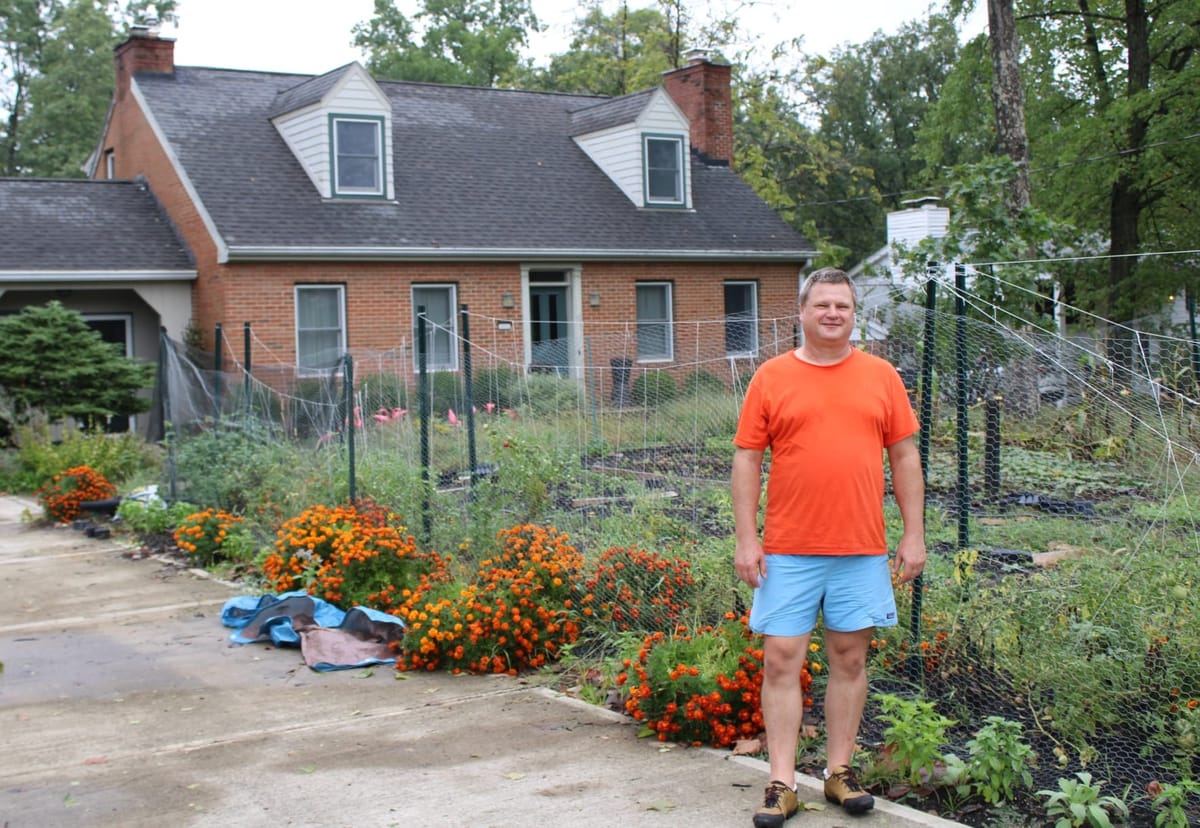
Jon Ralinovsky has never liked mowing his lawn. Starting in 2008, he let the woods grow into his backyard, allowing Ohio goldenrods and ironweeds to prop up.
When he first approached Mary-Kate Huddleston, his son's good friend and senior Miami University applied biology major, in 2022, the front yard was still mostly turf grass. Wanting to make more productive use of the yard, he asked her to spearhead a prairie project. Now, the yard has blossomed into a plethora of native plants and grasses, increasing biodiversity and habitat in the process.
“Jon had told me that he no longer wanted to mow his lawn — that was kind of the impetus,” Huddleston said. “So we settled on a prairie that’s kind of modified to be a pollinator garden.”
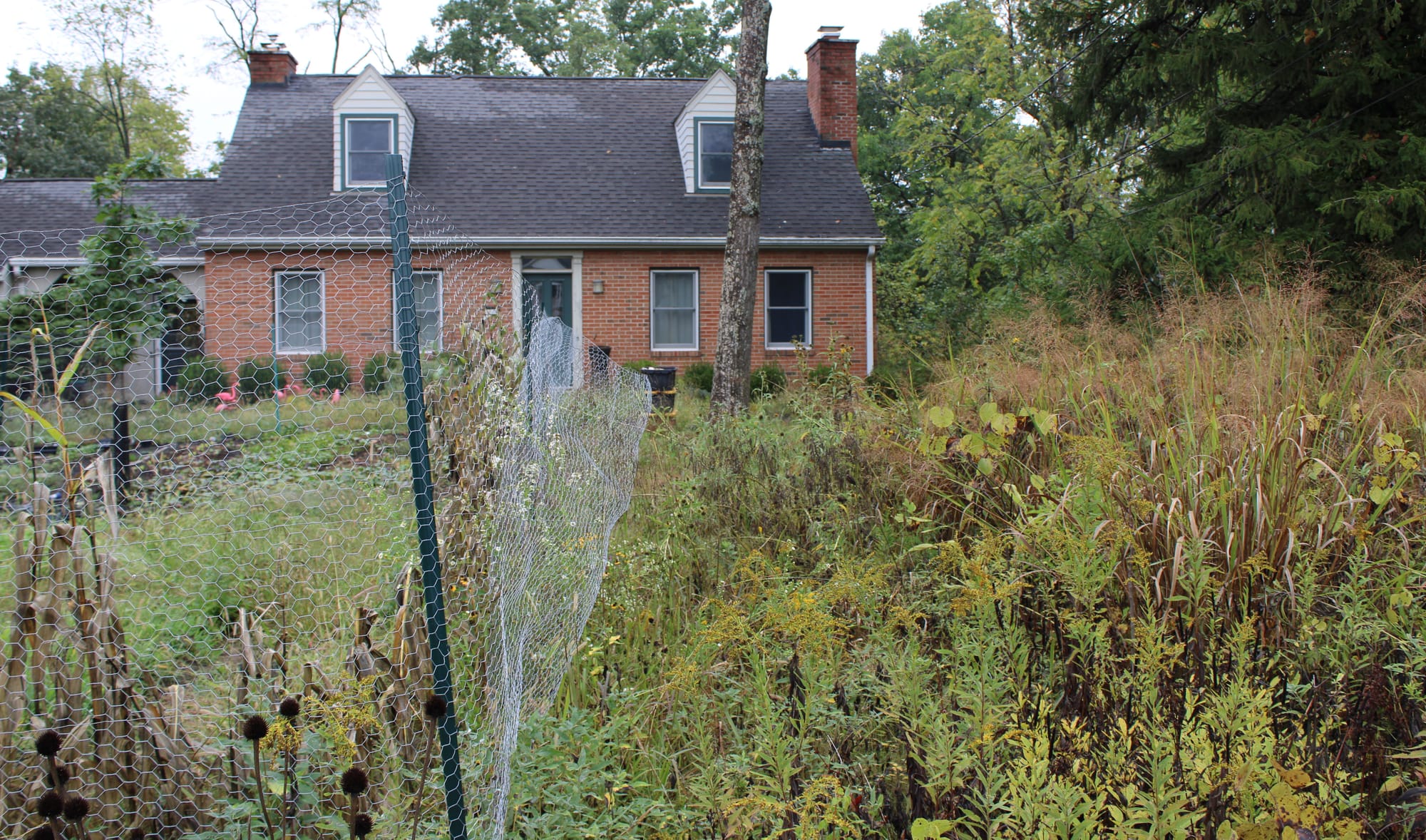
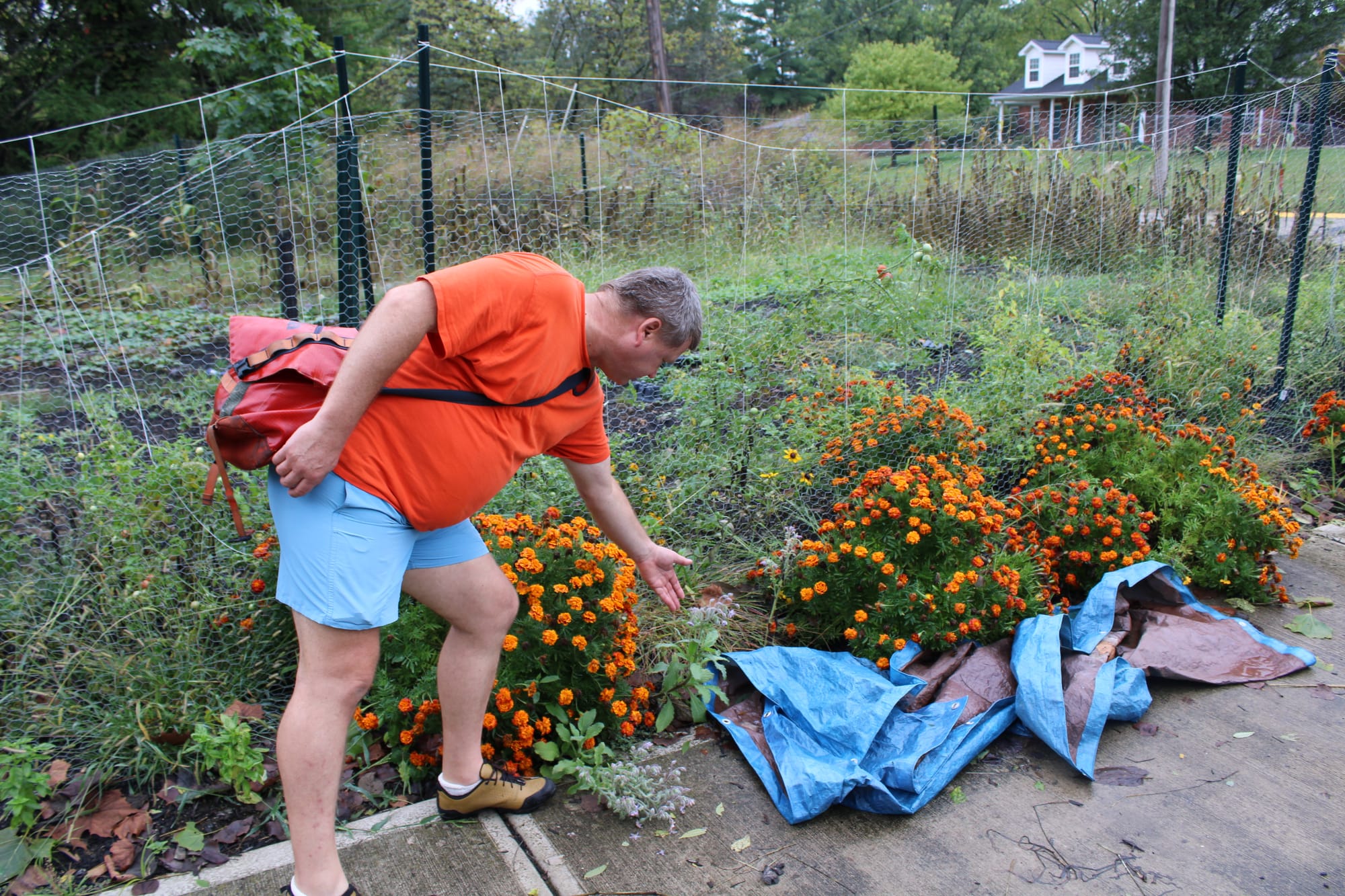
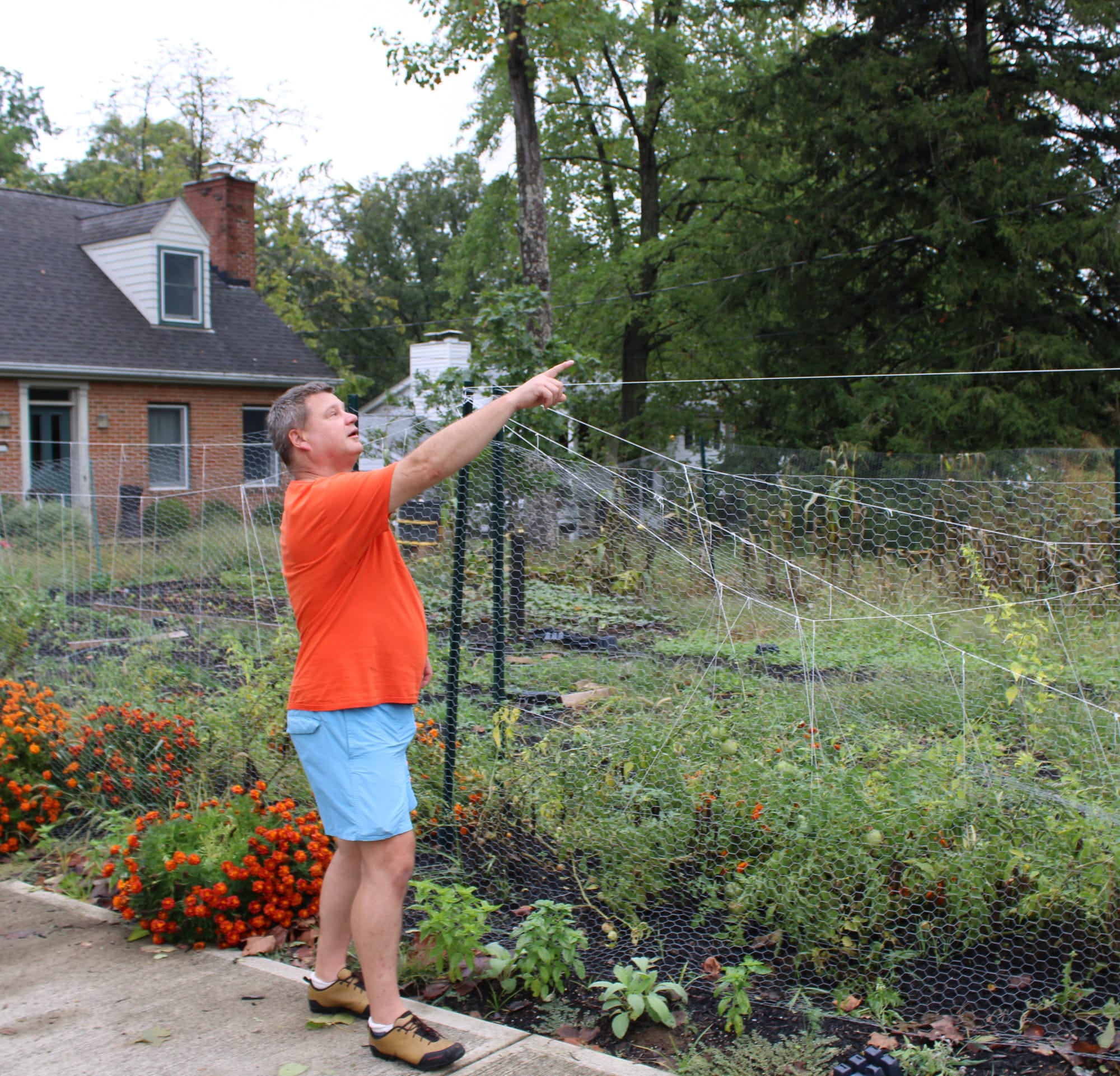
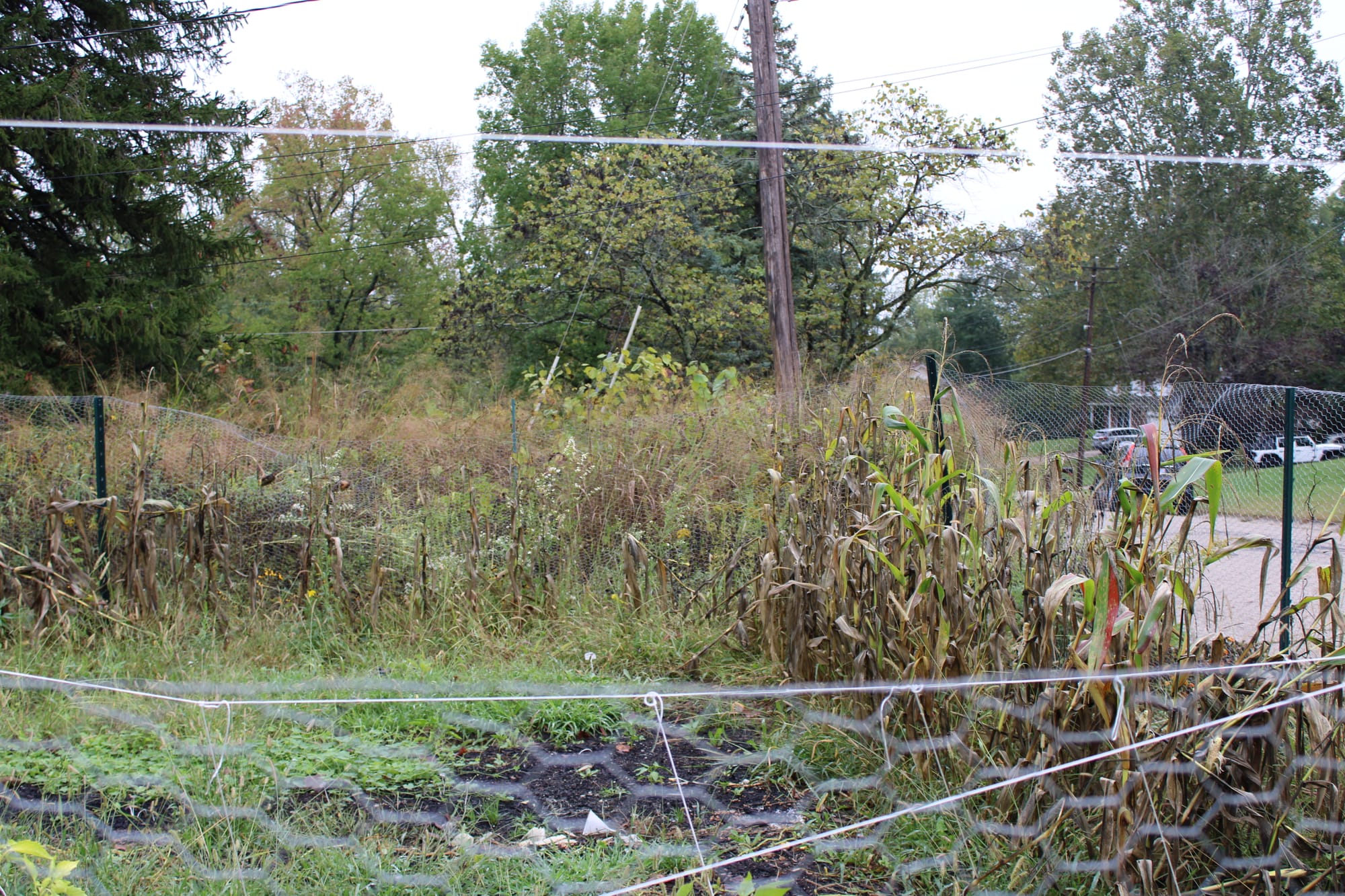
Ralinovsky's lawn features several different sections and a number of different native plant species. Photos by Austin Smith
Huddleston worked with Jasper Ralinovsky, Jon Ralinovsky’s son, to cultivate the prairie and garden, sourcing from Praire Moon Nursery and putting countless hours into the project. Some of the plants found in his yard include marigolds, basil, tomatoes, multiple varieties of bluestem and milkweed.
Ralinovsky, a piano technician at Miami and chair of Oxford’s environmental commission has been interested in sustainability since high school, and took classes in ecology and botany while in college.
“I think about the amount of money that the U.S. puts into maintaining turf [grass], and it’s pretty substantial,” Ralinovsky said. “There’s a way for me to not have to take care of something like that and provide some sort of habitat for insects, pollinators, whatever — I’m happy to do that.”
Last year, Oxford passed an ordinance distinguishing between unkempt lawns and natural lawns, like Ralinovsky’s. The ordinance allows for these natural lawns to be implemented by residents.
David Prytherch, a city council member and professor of urban planning and geography, helped spearhead the ordinance.
“The thought [behind the ordinance] is, can we create opportunities to convert these kind of sterile landscapes like turf grass lawn into something that might be lower maintenance and also beautiful,” Prytherch said.
Natural lawns like Ralinovsky’s serve many different purposes, fostering a native environment and eliminating the need to use harmful chemicals like those people sometimes use to maintain turf grass lawns.
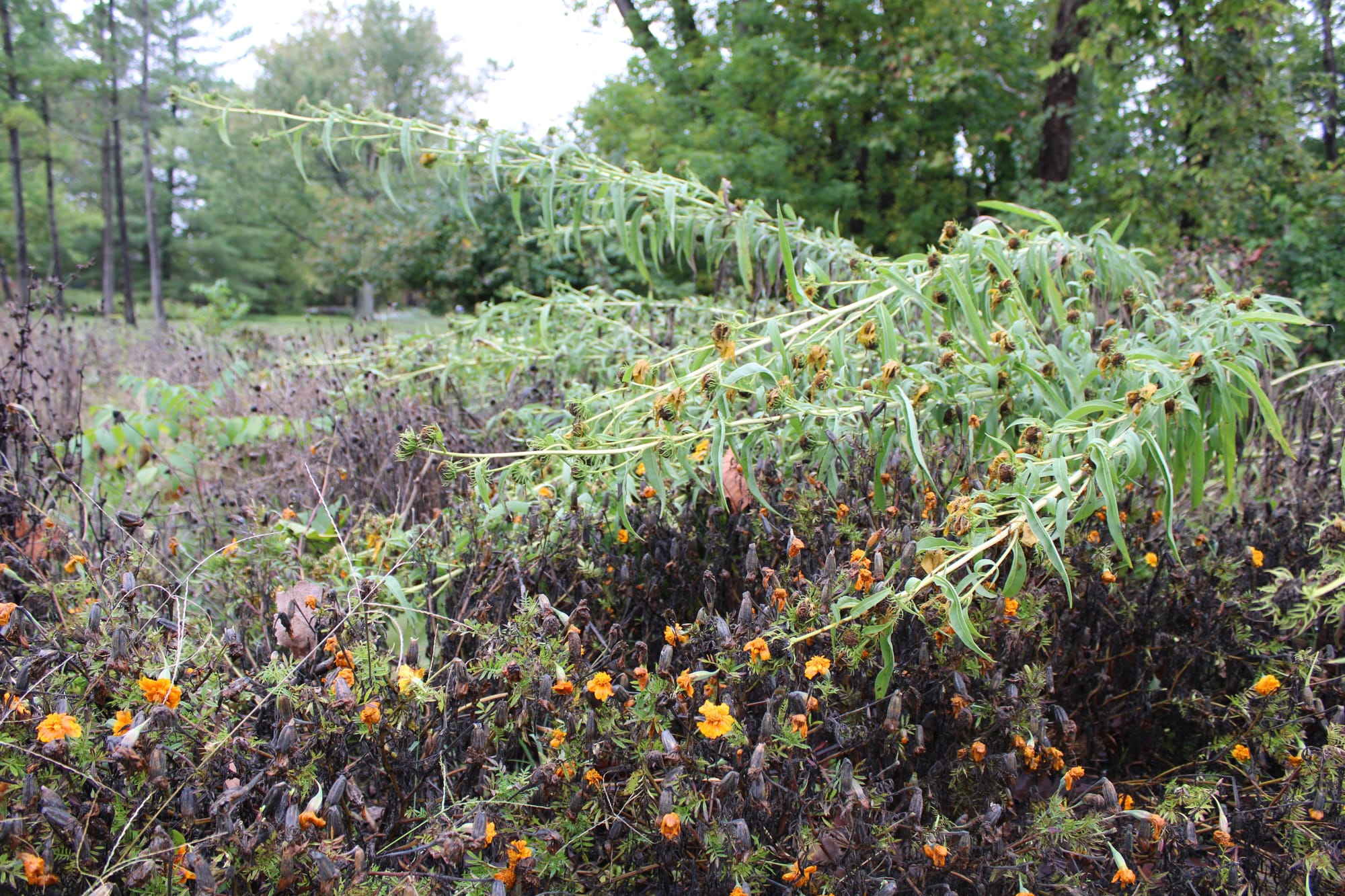
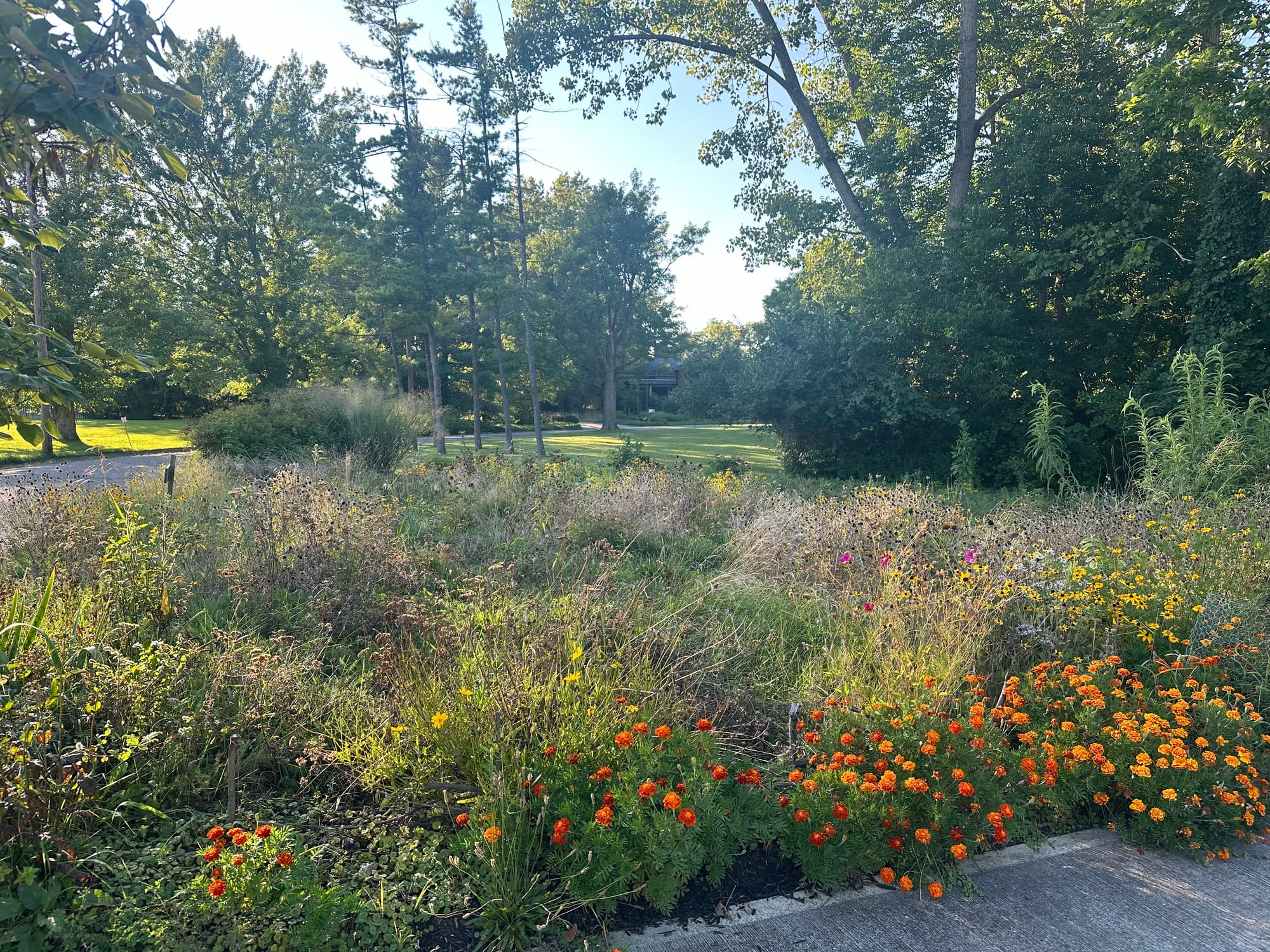
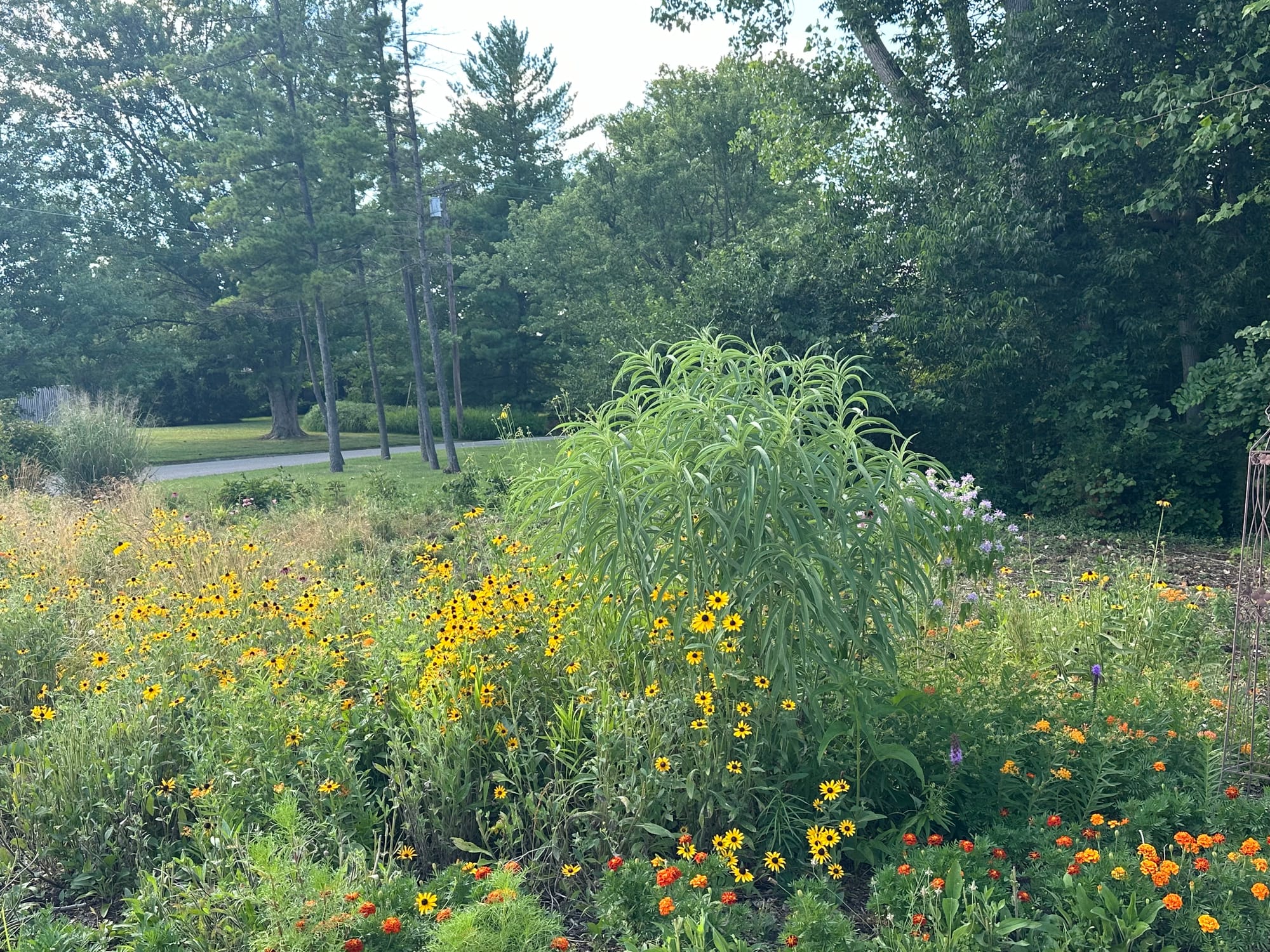
Jon Ralinovsky’s prairie consists of native plants. Natural lawns serve to increase biodiversity, reduce the need for harmful chemicals and restore native habitat. Photos by Jonathan Ralinovsky and Austin Smith
After the prairie was finished, Huddleston mentioned to Ralinovsky that he had another side of the yard with turf grass. She suggested installing a garden if he paid for the upfront cost, and he didn’t hesitate to take her offer.
“Having added pollinators [are] not just for our own benefit of pollinating our food in the garden, but also creating habitat for them so that way they can go elsewhere and we can continue to have food for ages,” Huddleston said.
The prairie is even home to some threatened species, such as the Ashy Sunflower, which have popped up in the bare spots in the prairie, most likely from birds dropping its seeds.
Huddleston said her apartment in Oxford doesn’t have a yard or patio, so the prairie project is a way for her to get outdoors and increase her well-being.
“But then when you go and stand in the prairie now, you can hear the roar of so many different bugs, and it’s super inspirational,” Huddleston said.
Huddleston said that many people may be nervous to start prairies in their yards, but that they shouldn’t be afraid to make mistakes.
“It’s my dream if we can kickstart people tearing up their [turf grass] lawns that do nothing and have no purpose other than looking green,” Huddleston said. “I think making that cultural change, if people get used to seeing the prairie and this as a normal aesthetic.”
Ralinovsky’s next project is to get rid of more turf grass in his backyard by installing a vernal pool, small pools of water providing wetland habitat for more species. He hopes that he can make a long-term impact with the project and can inspire others to pursue similar projects.
“I’m just trying to hopefully lead by example,” Ralinovsky said. “You know if I can get a few other people … to let go of turf grass, that’d be enough for me.”




